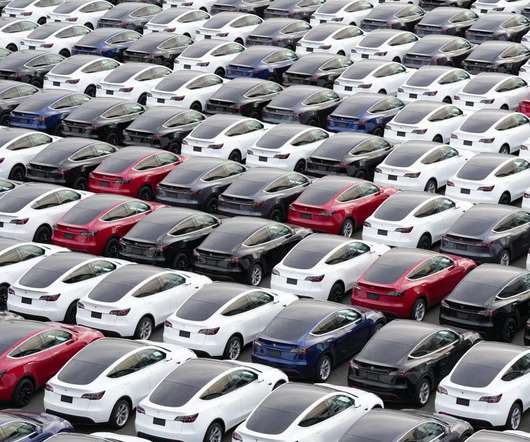Cal Energy Commission approves ~$9M for DC fast chargers; $12.6M for NGV incentives
Green Car Congress
APRIL 14, 2016
The California Energy Commission approved nearly $9 million in grants for the installation of DC fast chargers along major state freeways and highways to allow electric vehicle drivers to travel from San Diego to the Oregon border without worrying about running out of energy. EV Connect Inc.; Zero net energy.












Let's personalize your content